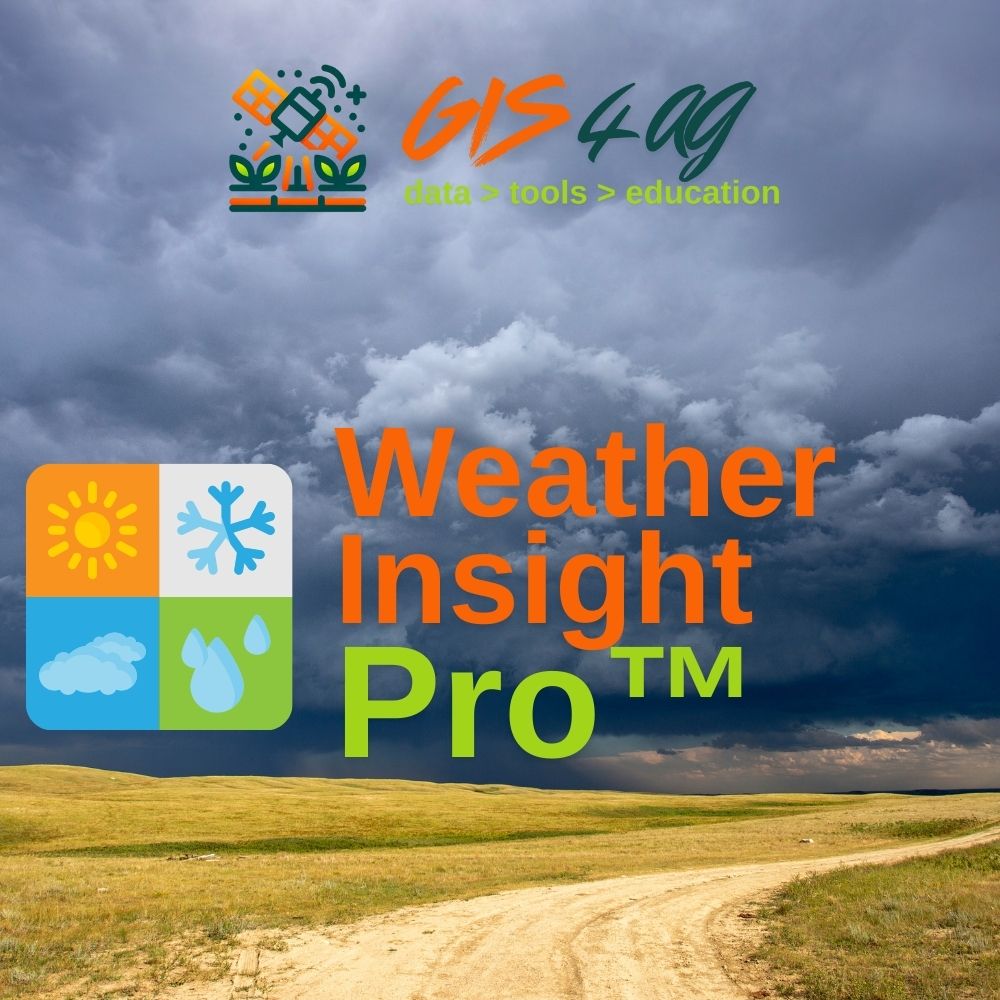Lesson 1: What is a probabilistic forecast?
The maps provided in the long range forecast section provide seasonal probabilistic forecasts for the overall trends in temperature and precipitation for all locations globally. The information below explains what a probabilistic forecast is, and how it differs from traditional deterministic forecasts that we typically use for short-term weather predictions.
A seasonal forecast gives a snapshot of a specific 3-month period in the future. It is similar to a weather forecast as it considers historical weather observations but differs from a weather forecast because it accounts for the larger global climate system, including factors such as ocean and atmospheric circulations.
Weather forecasts are often referred to as deterministic—for example, predicting the exact temperature an hour or day in advance. Forecasters can make deterministic predictions for a shorter forecast, but since weather is chaotic and constantly changing, creating a forecast that is several months to a year into the future utilizes what is known as probabilistic forecasting.
What is a probabilistic forecast?
One way to think about probabilistic forecasts is by considering this example: you are trying to predict how long it will take to drive from one city to another three months from now. With unknown possible construction and traffic delays, it is hard to know precisely how long it will take. You drive this route monthly and have a range of previous travel times. Based on your previous experiences, you have 20 attempts to predict the amount of time your next trip will take. Of those 20 predictions, you will have some that exceed your historical times, some where your travel time is close to your historical average, and others that will predict a shorter time.
Similarly, Environment and Climate Change Canada’s seasonal forecast produces the probability of a certain variable, for example, the average temperature, being above, near, or below normal. Climate models that consider the historical averages are run 20 times, with each simulation predicting a different seasonal forecast and producing a range of possible outcomes.
The next step is to determine which of the predicted outcomes – above, near, or below normal – is the most likely, and how much confidence and trust should be placed in the forecast.
Elements of the probabilistic forecast
Looking at the 20 attempts, how many times was each outcome predicted? Suppose most travel times are predicted to be above average because a lot of construction is planned for three months from now, then there is a much higher probability of an above average travel time compared to an average or below normal travel time. Using probabilities is one way a forecast’s uncertainty can be quantified, knowing that while one outcome might be the most likely, the other outcomes are not entirely unlikely.
There are two other ways to consider the uncertainty of the forecast – one of which is the skill of the forecast. How accurate have your predictions been in the past? If the most probable outcome has usually turned out to be wrong once you take the trip, then the skill of your predictions is considered low, and the model, method, or past data is insufficient for you to trust your current forecast.
The final way to consider uncertainty is by evaluating the reliability of the forecast. How do the observed frequencies of above, near, and below normal conditions compare with the frequencies of each outcome in your prediction? If your drive historically takes longer than average 33% of the time, but 65% of your predictions say it will take longer than normal to drive, then your forecast may not be reliable.
